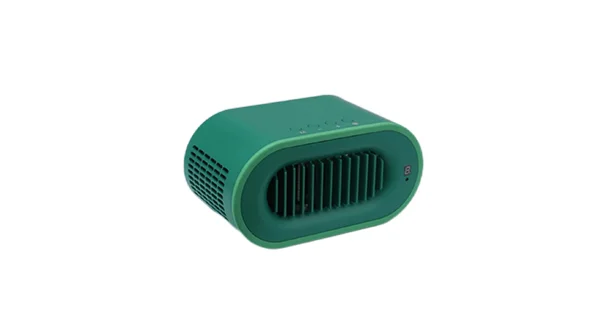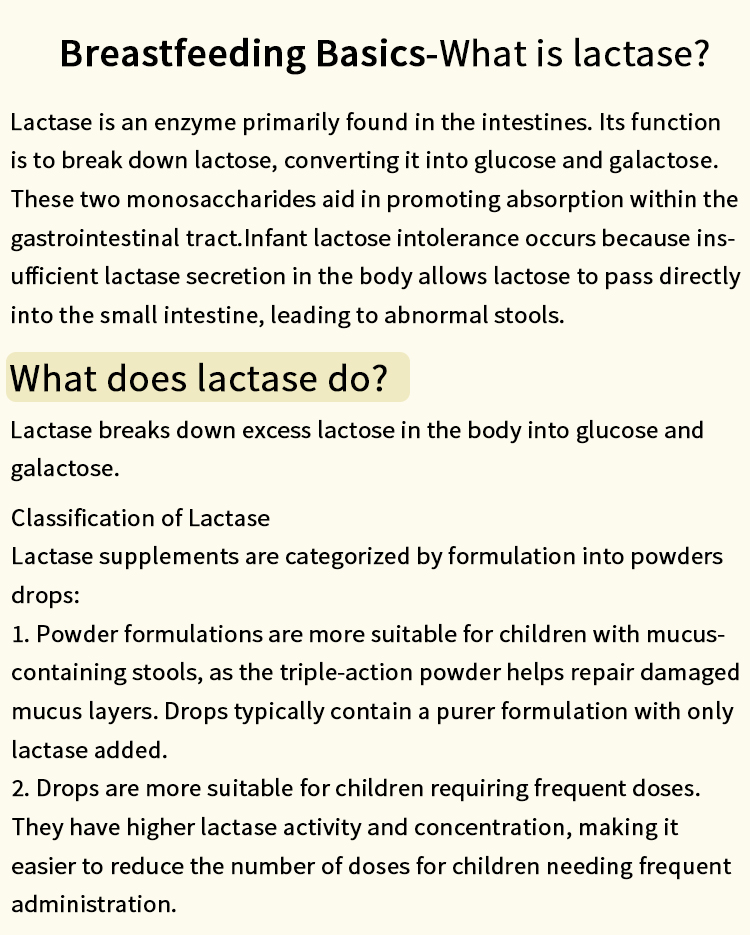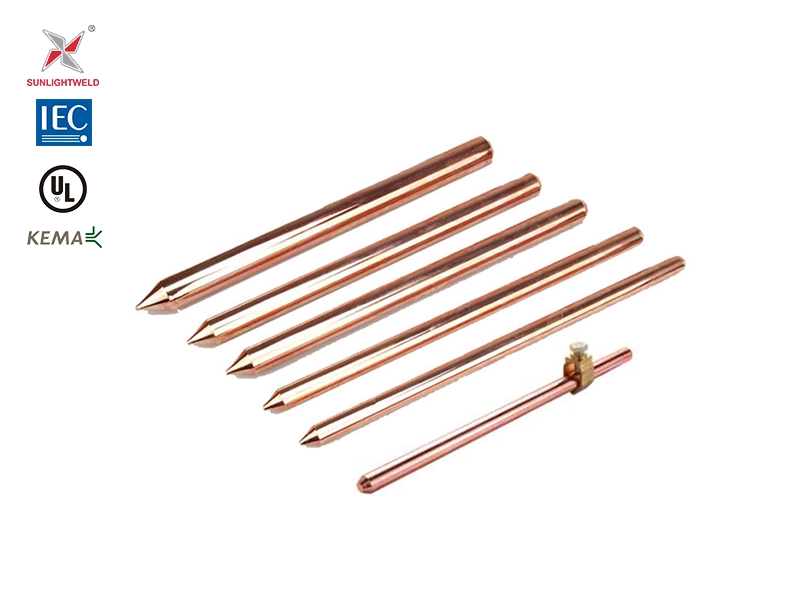Musty odors are a common concern in indoor environments, particularly in spaces prone to high humidity, poor ventilation, or water damage. These odors are typically the result of microbial volatile organic compounds (MVOCs) released by mold, mildew, and bacteria as they metabolize organic materials. Addressing musty smells effectively requires more than just masking the odor—it involves neutralizing the source. One of the most promising solutions for this problem is the plasma air purifier, a type of advanced air cleaning technology that utilizes ionized particles to purify indoor air. In this blog post, as a cost effective air purifier with plasma factory, RUIAIR will share the application of high performance plasma air purifier for musty smell.
Understanding Plasma Air Purification Technology
Before diving into specific applications, it is important to understand how plasma air purifiers function. These devices generate a plasma field, often through a high-voltage electrical discharge, that releases both positive and negative ions (also referred to as bipolar ionization). These ions interact with particles and gases in the air, initiating chemical reactions that break down pollutants, including MVOCs, into harmless components such as water vapor and carbon dioxide.
There are generally two types of plasma used in air purifiers:
- Cold plasma (non-thermal): Operates at room temperature and is safe for residential and commercial use.
- Hot plasma (thermal): Typically used in industrial applications due to the high energy involved.
The most common form used in air purifiers is cold atmospheric plasma, which is effective at targeting airborne contaminants without significant heat generation.

How Plasma Air Purifiers Neutralize Musty Smells?
Musty odors are a direct result of microbial contamination, and plasma air purifiers offer a multi-pronged approach to combating this:
1. Oxidation of MVOCs: The ionized particles generated by plasma fields react with MVOCs and oxidize them into simpler, non-odorous molecules. This is a crucial process since MVOCs are the root cause of musty smells, especially in damp environments.
2. Inactivation of Mold Spores and Bacteria: The reactive oxygen species (ROS) formed in the plasma field (e.g., hydroxyl radicals, ozone in trace amounts) have antimicrobial properties. These agents disrupt the cellular structures of mold spores, fungi, and bacteria, preventing further growth and eliminating the microbial source of the odor.
3. Particulate Aggregation: Bipolar ionization charges airborne particles such as dust, spores, and dander. These charged particles clump together and become too heavy to remain airborne, allowing them to settle out of the air or be captured by filters. This reduces the overall concentration of airborne odor contributors.
4. Continuous Air Disinfection: Unlike conventional filtration systems that trap pollutants, plasma air purifiers actively sanitize the air. This continuous action is particularly beneficial in environments with ongoing moisture issues or recurring mold outbreaks.
Practical Applications of Plasma Air Purifier in Different Environments
The versatility of plasma air purifiers makes them suitable for a wide range of environments where musty smells are a concern:
1. Residential Spaces
Basements, bathrooms, attics, and laundry rooms are common sites of musty odors in homes. These spaces often suffer from poor ventilation and higher relative humidity. Installing a plasma air purifier in these areas can provide:
- Continuous odor neutralization
- Improved indoor air quality (IAQ)
- Reduced risk of mold growth
For instance, in finished basements where wall insulation can trap moisture, a plasma purifier can act as a preventive measure, significantly improving air freshness and comfort without the need for heavy-duty HVAC modifications.
2. Commercial Buildings
Older office buildings, retail spaces, or public facilities with aging infrastructure are especially vulnerable to mold and mustiness due to leaky pipes or outdated HVAC systems. Plasma air purifiers can be integrated into the existing ductwork to:
- Distribute ionized air throughout the building
- Decrease employee complaints related to odors or respiratory irritation
- Reduce maintenance costs associated with deep cleaning and odor masking
Many commercial plasma air purification systems are scalable and can be customized for different airflow volumes, making them a practical solution for both small offices and large campuses.
3. Healthcare Facilities
Hospitals and clinics are highly sensitive to air quality due to the presence of immunocompromised individuals. Musty smells not only create discomfort but may signal microbial contamination that poses health risks. Plasma air purifiers offer a hygienic, chemical-free way to:
- Supplement HEPA filtration in operating rooms and patient care areas
- Control odors in utility areas and restrooms
- Reduce pathogen load in air ducts
Some plasma purifiers used in medical environments are UL-2998 certified, indicating that they do not produce harmful levels of ozone—a crucial consideration for healthcare compliance.
4. Hospitality Industry
Hotels, resorts, and vacation rentals must maintain an odor-free atmosphere to ensure guest satisfaction. Musty smells can arise from water damage, poor housekeeping, or HVAC issues. Plasma air purifiers are increasingly being installed to:
- Maintain clean-smelling guest rooms and lobbies
- Control odors in conference rooms and banquet halls
- Improve overall guest experience ratings
Standalone plasma air purifiers can be discreetly deployed in individual rooms or common areas, providing rapid deodorization without downtime.
5. Transportation and Mobile Applications
Vehicles such as RVs, boats, and airplanes can also develop musty odors due to enclosed, moist environments. Compact plasma air purifiers designed for mobile use can be used to:
- Remove damp smells in confined cabins
- Maintain sanitary air in shared transportation
- Extend the life of upholstery and other materials by preventing microbial decay
These units typically run on low power and are ideal for portable applications where space and energy efficiency are priorities.
Advantages Over Traditional Odor Control Methods
While traditional methods such as air fresheners, dehumidifiers, and HEPA filters have their place, plasma air purifiers provide a more comprehensive solution for musty odors:
- Non-chemical: No artificial fragrances or cleaning agents required
- Proactive: Eliminates the source, rather than masking the symptom
- Scalable: Effective in both single-room and whole-building applications
- Low Maintenance: Few consumables, and minimal filter changes depending on the system
In environments with persistent or severe musty odors, plasma air purification often complements other mitigation efforts such as dehumidification or mold remediation.
Considerations for Effective Use
To ensure optimal results, users should consider the following when implementing plasma air purifiers:
- Proper sizing: Choose a model rated for the specific square footage or air volume.
- Installation location: Units should be placed where airflow is maximized (near HVAC intakes or air return vents).
- Humidity control: While plasma purifiers reduce microbial activity, maintaining indoor humidity below 60% is critical to prevent mold regrowth.
- Ozone compliance: Verify that the unit meets regulatory limits on ozone output (especially in residential and healthcare settings).
Conclusion
Plasma air purifiers represent a powerful and scientifically advanced solution for addressing musty odors across various settings. By targeting the microbial and chemical sources of odor through ionization and oxidation, these devices not only improve air quality but also contribute to healthier, more comfortable living and working environments. As indoor air quality continues to be a focus of health and wellness, the adoption of plasma air purification technology will likely expand, offering long-term benefits for odor control and environmental hygiene.
www.sh-ruiair.com
RUIAIR



More Stories
Say Goodbye to Choice Overload: A Step-by-Step Guide to Choosing the Right Lactase Enzyme
Rebaudioside M: Natural Sweetener for Nutrition
SUNKONZ Blender's Daxue Winter Wellness Hacks